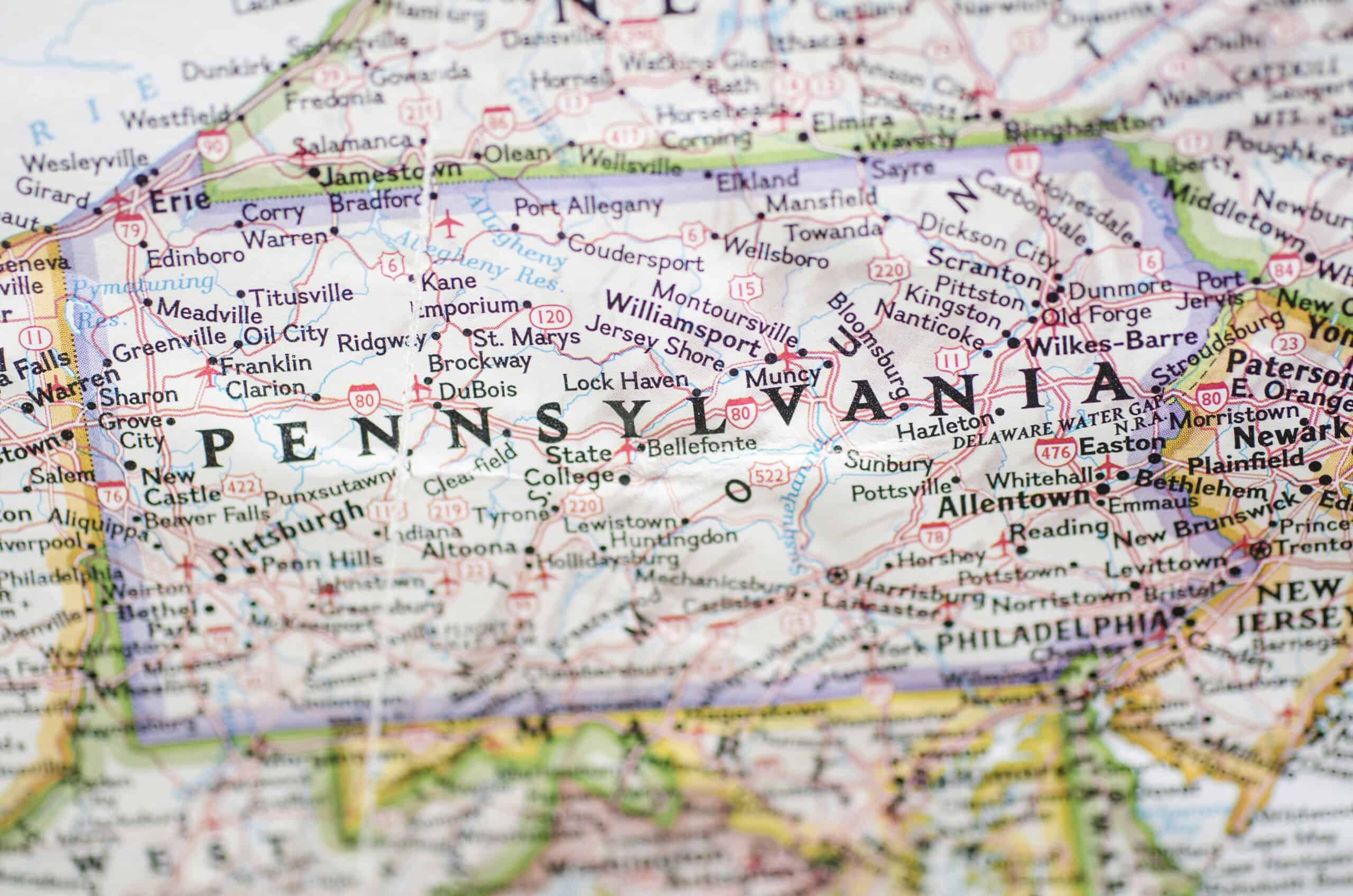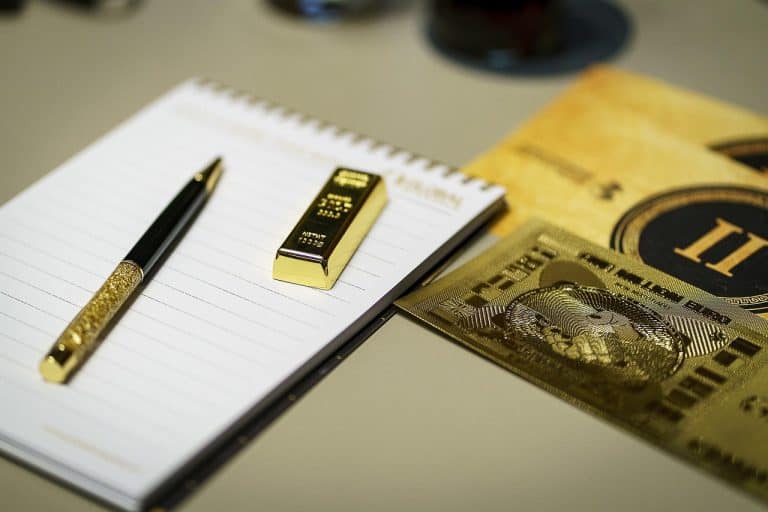Pennsylvania has long been recognized for its contributions to the world that extend far beyond its historical significance. This state, known as the Keystone State, has been the birthplace of numerous inventions that have shaped the way we live, work, and play.
Its residents have displayed a consistent trend of ingenuity, leading to creations that have had a lasting impact across the globe.
With a conducive environment for business, exemplary infrastructure, and strong entrepreneurial support, Pennsylvania has proudly stood at the forefront of innovation.
The state has given rise to practical solutions and delightful products that have become ingrained in daily life.
From groundbreaking medical advances to the whimsical toys in playrooms around the world, Pennsylvania continues to add to its impressive repertoire of original and influential inventions.
1. The Polio Vaccine
During the late 1940s to early 1950s, polio was a devastating illness, causing paralysis in tens of thousands annually in the U.S. In a breakthrough at the University of Pittsburgh, Dr. Jonas Salk and his team formulated an effective polio vaccine, heralding a new era in medical prevention.
This vaccine eventually led to the eradication of polio within the United States, with the last naturally occurring case reported in 1979.
Notable Contributions:
- Innovator: Dr. Jonas Salk
- Institution: University of Pittsburgh
- Impact: Polio eliminated in the U.S. since 1979
2. History of the Revolving Observation Wheel
- Origin: Pennsylvania, the birthplace of the revolving observation wheel.
- Inventor: George Washington Gale Ferris Jr., an engineer from Pittsburgh.
- Debut: 1893 World’s Fair in Chicago.
- Size: The original design featured a wheel diameter of 250 feet.
- Capacity: Passenger cars were able to accommodate up to 60 individuals each.
- Significance: An iconic amusement ride found globally at parks and fairs.
3. Origin of the Jeep
In the town of Butler, Pennsylvania, the groundwork for the now-renowned Jeep brand was laid. The U.S. Army needed a durable vehicle agile enough for wartime conditions and approached domestic automobile manufacturers with the challenge to engineer such a machine swiftly.
The American Bantam Car Company rose to the occasion, despite the demanding turnaround of fewer than two months, and created what would be known as the Bantam Reconnaissance Car.
Key Attributes:
- Ability to transport soldiers and heavy artillery
- Capable of navigating challenging terrain
Though the American Bantam Car Company managed to produce 2,675 of these vehicles, their facilities were inadequate to satisfy the growing needs of the U.S. Army during World War II. Consequently, the Army distributed the designs to additional manufacturers, leading to the production of over half a million Jeep vehicles for the war effort.
4. Evolution of the Eraser-Tipped Pencil
In 1858, Hymen Lipman, an entrepreneur from Philadelphia who specialized in stationery, innovated an improvement to the common writing instrument by affixing an eraser to one end of a graphite pencil.
This development allowed for immediate correction of errors without needing a separate eraser at hand.
The concept, while later deemed by the U.S. Supreme Court as not a novel invention but a merger of existing products, established the iconic pencil design that remains in widespread use.
The eraser-tipped pencil is a testament to practical design, enduring through centuries as a staple in classrooms and offices despite the digital age’s advancements.
5. Hershey’s Chocolate
Hershey’s chocolate has become synonymous with sweet treats and is a staple across various confections. Established in 1894 by Milton Hershey in Lancaster, Pennsylvania, the brand grew rapidly, with a production facility and the creation of a namesake town.
Today, Hershey’s portfolio includes favorites such as:
- Reese’s Peanut Butter Cups
- Almond Joy Bars
- Chewy Twizzlers
- Fruity Jolly Ranchers
- Caramel-filled Rolo
Each product contributes to the rich tapestry of Hershey’s confectionary legacy.
6. Heinz Ketchup
H.J. Heinz pioneered the culinary staple known as ketchup in Pittsburgh. His endeavors in the food industry began in 1860, focusing on transparent packaging to showcase product quality.
By 1876, he had developed a unique tomato condiment.
- Origin: Pittsburgh, 1876
- Founder: H.J. Heinz
- Initial Products: Pickles, vinegar, horseradish
- Packaging: Clear glass bottles
- Key Product: Tomato-based ketchup
In contemporary Pittsburgh, ketchup, especially Heinz, is an essential topping used liberally in local cuisine.
7. Slinky
In the 1940s, a mechanical engineer by the name of Richard James developed a charismatic and simple plaything by serendipity in the outskirts of Philadelphia.
While attempting to forge an instrument for naval vessels, an incidental drop of coiled wire gave James the insight that would lead to an iconic toy.
Richard’s spouse, Betty, upon perusing the dictionary for an apt moniker, selected the term “Slinky,” indicative of the toy’s graceful and sleek movement.
The toy, a helical spring that travels down steps with fluidity, captured the imagination of people swiftly.
The couple first showcased it in a Philadelphia department store, and the product swiftly garnered the public’s affection, turning into a favored item during the 1945 holiday season.
8. Revolving Doors
The concept of the revolving door, also known as the tri-partition storm entry, originated from Theophilus Van Kannel of Philadelphia.
He sought a solution to the disruptive gusts of wind that infiltrated the lobby every time someone opened the entrance door during the chilling winter season.
His innovation not only provided a barrier against the elements, including rain and wind, but it also countered the pressure differentials experienced in tall buildings, enhancing their function and design.
As a result, the revolving door has become an integral component of modern architecture.
9. The Smiley Face Emoticon
The inception of the smiley face emoticon, a pivotal element in modern communication, is attributed to Scott E. Fahlman.
A professor at Carnegie Mellon University, Fahlman introduced a sequence of keystrokes—the colon, a hyphen, and a parenthesis—that assemble into a sideways smile, 🙂 .
This creation occurred in 1982, marking a significant moment in digital interaction, providing a simple and effective method to convey emotions in text-based messaging.
10. Evolution of Crayon Packs
In Easton, Pennsylvania, a significant advancement in children’s art material took place with the creation of the first packs of crayons offering an array of colors.
Created by the company Binney & Smith in 1903, these crayons quickly became a staple for artistic expression.
The ingenuity of Alice Binney, an educator, played a crucial role in this development. Alice also provided the iconic brand name “Crayola,” which has become synonymous with crayons.
Producing over 3 billion crayons annually, Crayola’s impact on creativity continues to be substantial.
- Location of Invention: Easton, Pennsylvania
- Inventor: Alice Binney
- Year: 1903
- Company: Binney & Smith (now Crayola LLC)
- Annual Production: Over 3 billion crayons










Comments
Cara_M
Remember throwing slinkies down the stairs as kids? Helen’s piece on the slinky brought back memories. Wonder if kids today would find them as fascinating.